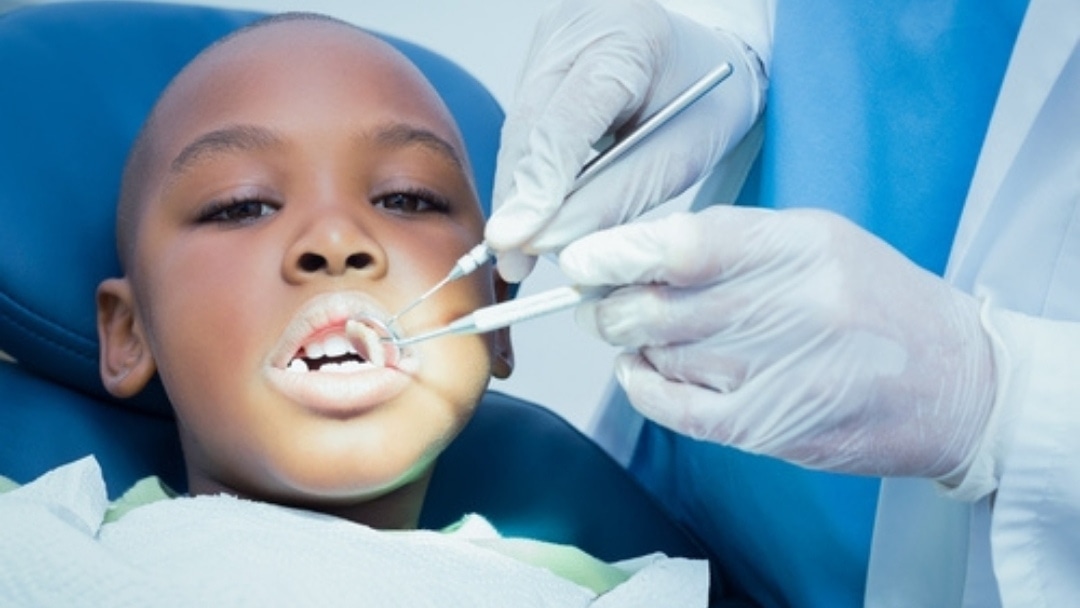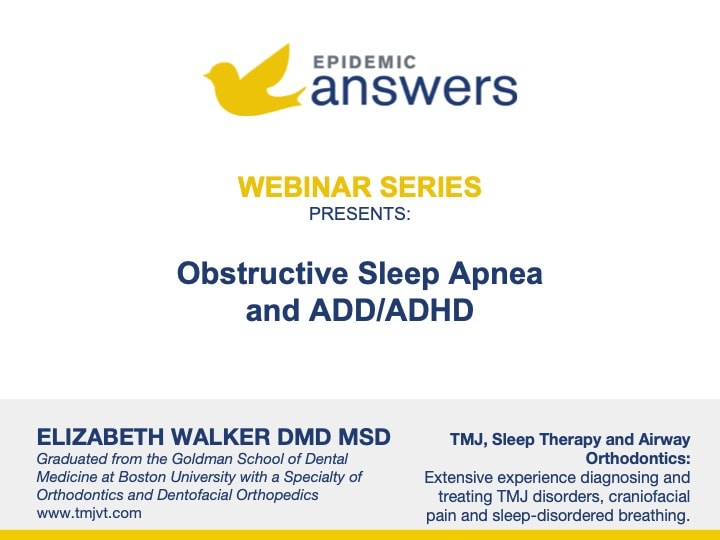Most of the immune system resides in the gastrointestinal system. Therefore, the mouth is the main entry point to the immune system, and the health of the mouth plays an important part in the health of the rest of the body. Indeed, horse buyers check out a horse’s mouth so that they can quickly gauge if the horse is healthy or not.
What Is the Oral Microbiome?
The oral microbiome consists of all the microbes living in the mouth, whether they are bacteria, viruses, yeasts or parasites. Its health is dependent on:
- The type of food that is eaten. High-carbohydrate foods, especially processed foods and foods containing sugar, are more likely to contribute to an unhealthy oral microbiome.
- The amount of magnesium, calcium, zinc and trace minerals in the diet
- The presence or absence of fat-soluble vitamins (A, D, E and K)
- The amount of antioxidants in the diet
- The pH of the mouth
- The presence or absence of mouth breathing. Breathing through the mouth dries out the mouth by reducing saliva, which is necessary to maintain a healthy oral microbiome. Obstructive sleep apnea and tongue tie are two common causes of mouth breathing.
Research shows (see Sources & References, below, for examples) that some constituents of the oral microbiome are associated with and sometimes even causal of numerous health conditions such as:
- Diabetes (types 1 and 2)
- Cardiovascular diseases and events
- Chronic kidney disease
- Brain abcesses
- Rheumatoid arthritis
- Multiple sclerosis
- Preterm birth
- Preeclampsia
Examples of bacteria that might be found in the oral microbiome that can contribute to chronic health conditions are:
- Aggregatibacter actinomycetemcomitans
- Capnocytophaga species
- Eikenella corrodens
- Fusobacterium nucleatum
- Prevotella intermedia
- Porphyromonas gingivalis
- Tannerella forsythia
- Treponema denticola
How to Improve the Oral Microbiome
Change the Diet
Improving the diet is key to better oral health as well as whole-body health. Switching to a whole-foods, unprocessed diet removes much of the food source of pathogenic microbes in the mouth and the rest of the gastrointestinal system. Whole foods also contain more minerals, fat-soluble vitamins and antioxidants than the processed-food-heavy Standard American Diet. A whole-foods diet is generally more alkaline (higher pH) and therefore less hospitable to pathogenic microbes. Find out about eating a clean diet here.
Ensure Oral Hygiene
The standard advice of flossing at least once a day and brushing at least twice per day still holds true. In addition, consider using a water flosser and using natural oral healthcare products. Be sure to use products free of fluoride and other toxins. You can use the Environmental Working Group’s Skin Deep Database to check the toxin levels of personal-care products.
Consult with Tongue Tie and Airway Specialists
It’s worth the extra time and effort of consulting with specialists if your child is known to:
- Be a mouth breather
- Snore while sleeping
- Have Obstructive Sleep Apnea
- Have trouble latching while breastfeeding
- Gag or choke while breastfeeding or eating
- Have a narrow jaw
- Have a high, arched palate
- Have ADD/ADHD or other neurodevelopmental disorder such as autism, dyslexia or Sensory Processing Disorder
If your child has one or more of these conditions, it’s possible that your child has a tongue tie that is contributing to or even causing these conditions. Specialists can help detect the presence of tongue tie or other tethered oral tissue (TOT). These specialists include:
- IBCLC lactation consultant
- Speech Language Pathologists (SLPs)
- Myofunctional therapist
- Orofacial myofunctional therapist
- Tongue-tie professionals
- Airway dentists
Technically, only a dentist is able to “diagnose” tongue ties but it’s SLPs and myofunctional professionals (SLP or RDH), in addition to dentists, who are the ones that speak to the impact on structure and function.
Still Looking for Answers?
Visit the Epidemic Answers Practitioner Directory to find a practitioner near you.
Join us inside our online membership community for parents, Healing Together, where you’ll find even more healing resources, expert guidance, and a community to support you every step of your child’s healing journey.
Sources & References
Afeke, I., et al. Acinetobacter baumannii-induced infective endocarditis: new insights into pathophysiology and antibiotic resistance mechanisms. Future Microbiol. 2022 Nov;17:1335-1344.
Andriankaja, O., et al. Association between periodontal pathogens and risk of nonfatal myocardial infarction. Community Dent Oral Epidemiol. 2011 Apr;39(2):177-85.
Beydoun, M.A., et al. Clinical and Bacterial Markers of Periodontitis and Their Association with Incident All-Cause and Alzheimer’s Disease Dementia in a Large National Survey. J Alzheimers Dis. 2020;75(1):157-172.
Bonasoni, M.P., et al. Fulminant Sepsis and Perinatal Death at 23 Weeks Due to Fusobacterium nucleatum. Fetal Pediatr Pathol. 2023 Jun;42(3):456-463.
Carelli, M., et al. Oral Microbiota in Children and Adolescents with Type 1 Diabetes Mellitus: Novel Insights into the Pathogenesis of Dental and Periodontal Disease. Microorganisms. 2023 Mar 6;11(3):668.
Cerajewska, T.L. Periodontitis: a potential risk factor for Alzheimer’s disease. Br Dent J. 2015 Jan;218(1):29-34.
Chang, Y.R., et al. Links between oral microbiome and insulin resistance: Involvement of MAP kinase signaling pathway. Biochimie. 2023 Jul 12;214(Pt B):134-144.
Cho, H., et al. Selenomonas sputigena acts as a pathobiont mediating spatial structure and biofilm virulence in early childhood caries.
Nat Commun. 2023 May 22;14(1):2919.
Chopra, A., et al. Are Inflamed Periodontal Tissues Endogenous Source of Advanced Glycation End-Products (AGEs) in Individuals with and without Diabetes Mellitus? A Systematic Review. Biomolecules. 2022 Apr 27;12(5):642.
Choudhury, P., et al. Microorganisms of maternal periodontitis cause adverse pregnancy outcomes in gestational diabetic individuals: a preliminary observational report. Quintessence Int. 2022 Oct 21;53(10):850-857.
Cobb, C.M., et al. The oral microbiome and adverse pregnancy outcomes. Int J Womens Health. 2017 Aug 8;9:551-559.
Czerniuk, M.R., et al. Unexpected Relationships: Periodontal Diseases: Atherosclerosis-Plaque Destabilization? From the Teeth to a Coronary Event. Biology (Basel). 2022 Feb 9;11(2):272.
Fan, T., et al. Study on the effect of periodontitis on renal tissue in atherosclerotic mice. J Periodontal Res. 2023 Jun;58(3):655-667.
Jia, S., et al. Host insulin resistance caused by Porphyromonas gingivalis-review of recent progresses. Front Cell Infect Microbiol. 2023 Jul 13;13:1209381.
Joshi, C., et al. Myocardial infarction risk is increased by periodontal pathobionts: a cross-sectional study. Sci Rep. 2022 Nov 3;12(1):18608.
Nagasawa, Y., et al. Relationship between IgA Nephropathy and Porphyromonas gingivalis; Red Complex of Periodontopathic Bacterial Species. Int J Mol Sci. 2021 Dec 1;22(23):13022.
Olsen, I., et al. Porphyromonas gingivalis infection may contribute to systemic and intracerebral amyloid-beta: implications for Alzheimer’s disease onset. Expert Rev Anti Infect Ther. 2020 Nov;18(11):1063-1066.
Pavlic, V., et al. Identification of Periopathogens in Atheromatous Plaques Obtained from Carotid and Coronary Arteries. Biomed Res Int. 2021 Jun 17;2021:9986375.
Rahamat-Langendoen, J.C., et al. Brain abscess associated with Aggregatibacter actinomycetemcomitans: case report and review of literature. J Clin Periodontol. 2011 Aug;38(8):702-6.
Ricciardi, R.M., et al. Risk Factors and Immunoinflammatory Mechanisms Leading to Atherosclerosis: Focus on the Role of Oral Microbiota Dysbiosis. Microorganisms. 2023 Jun 1;11(6):1479.
Ripari, F., et al. The Role of Coconut Oil in Treating Patients Affected by Plaque-Induced Gingivitis: A Pilot Study. Eur J Dent. 2020 Oct;14(4):558-565.
Schulz, S., et al. Periodontal pathogens and their role in cardiovascular outcome. J Clin Periodontol. 2020 Feb;47(2):173-181.
Sedghi, L.M., et al. Periodontal Disease: The Good, The Bad, and The Unknown. Front Cell Infect Microbiol. 2021 Dec 7;11:766944.
Seoane, T., et al. Periodontitis and Other Risk Factors Related to Myocardial Infarction and Its Follow-Up. J Clin Med. 2022 May 6;11(9):2618.
Shapira, L., et al. Effects of Porphyromonas gingivalis on the central nervous system: activation of glial cells and exacerbation of experimental autoimmune encephalomyelitis. J Periodontol. 2002 May;73(5):511-6.
Svärd, A., et al. Antibodies against Porphyromonas gingivalis in serum and saliva and their association with rheumatoid arthritis and periodontitis. Data from two rheumatoid arthritis cohorts in Sweden. Front Immunol. 2023 May 30;14:1183194.
Tanneeru, S., et al. Evaluation of Microflora (Viral and Bacterial) in Subgingival and Placental Samples of Pregnant Women with Preeclampsia with and without Periodontal Disease: A Cross-Sectional Study. J Int Soc Prev Community Dent. 2020 Mar 10;10(2):171-176.
Woolley, J., et al. The effect of oil pulling with coconut oil to improve dental hygiene and oral health: A systematic review. Heliyon. 2020 Aug 27;6(8):e04789.
Wu, H., et al. The Periodontal Pathogen Fusobacterium nucleatum Exacerbates Alzheimer’s Pathogenesis via Specific Pathways. Front Aging Neurosci. 2022 Jun 23;14:912709.
Yamaguchi, S., et al. Associations of Dental Health With the Progression of Hippocampal Atrophy in Community-Dwelling Individuals: The Ohasama Study. Neurology. 2023 Jul 5;10.1212/WNL.0000000000207579.
Resources
Articles
Oral Microbiome Summit: Exploring the Science Behind the Smile
The Natural Way to Tackle Plaque
Websites
Academy of Applied Myofunctional Sciences
Academy of Orofacial Myofunctional Therapy
American Academy of Periodontology, Gum Disease Information
Dr. Ariana: Ariana Ebrahimian DDS
Environmental Working Group’s Skin Deep Database
International Affiliation of Tongue-tie Professionals
International Board Certified Lactation Consultant (IBCLC)
U.S. Centers for Disease Control and Prevention, Gum Disease.




